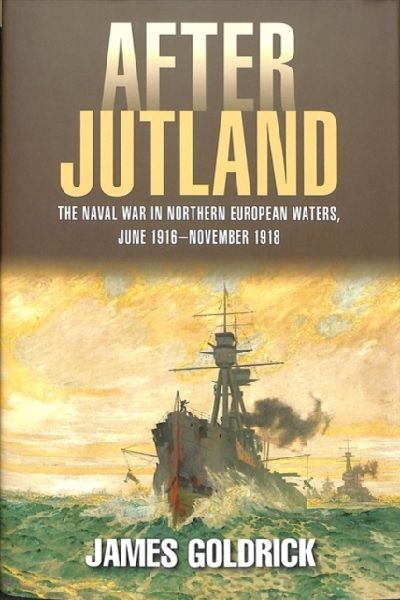This is the story of the naval war in northern European waters following the critical if inconclusive battle of Jutland. There is a popular misconception that the battle marked the end of the operational career of the German High Sea Fleet. The reality is much more complex. The German battle fleet may have been quiescent in the North Sea, but it supported an ambitious amphibious campaign in the Baltic while an ever more bitter commerce war was waged by U-boats; and smaller warships of both sides fought a gruelling campaign in the waters of the English Channel and the Belgian Coast.
While the book focuses primarily on the Royal Navy as the dominant maritime force, it also analyses the struggles of the beleaguered German Navy as it sought to find ways to break the tightening stranglehold of the Allied blockade. It includes an assessment of the small, but increasingly significant supporting role played by the French Navy from its bases in northern France, while the continuing conflict in the Baltic is explored as the Germans increased pressure on Russian territory and the Russian fleet, despite the descent into revolution, still managed to strike heavy blows at the Imperial German Navy.
The author deals with the entry into the conflict of the United States and the increasing commitment of the US Navy to operations in Northern European waters. Many of the foundations of success in the next war were laid by the USN at this time, and there are strong links between the performance of all the navies and their experiences in 1939-45. Not only were doctrine and technology shaped by the events of the First War, so were the cultures of the various services and the characters of the individuals who would go on to serve in the highest ranks in the next. All of this makes the 1916-18 period so significant in naval history.
In addition to his huge historical knowledge, the author brings his own extensive personal experience of naval operations and command at sea to this study, and this fusion of history with practical understanding sheds a unique and fascinating perspective on his analysis of the conflict.
ISBN: 9781526742988
Format: Hardback
Author(s): James Goldrick
First Publishment Date: 04 October 2018




